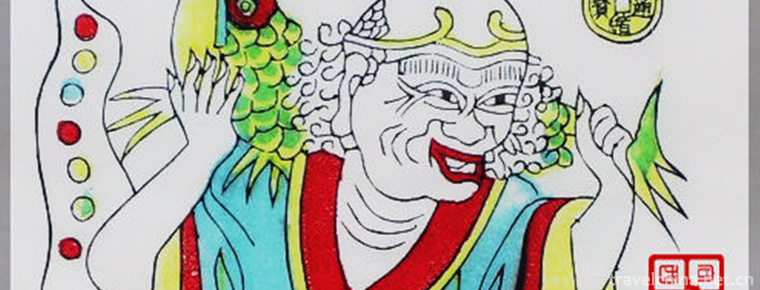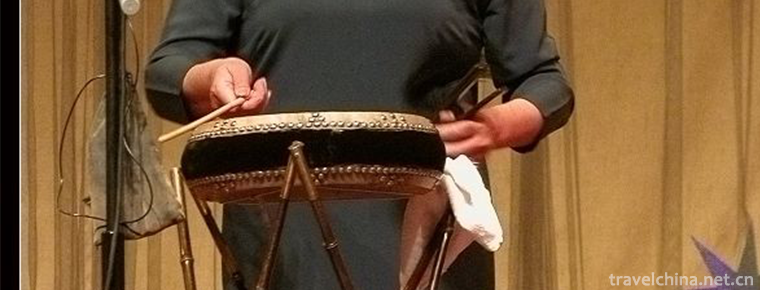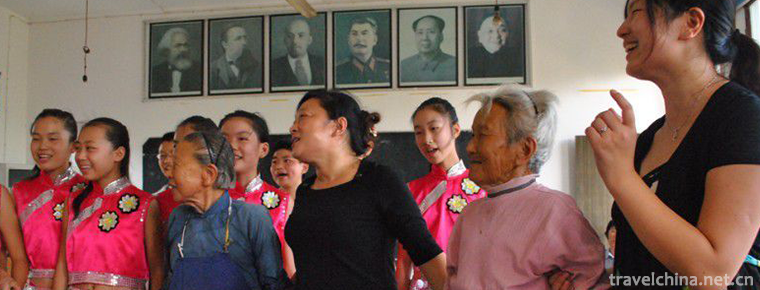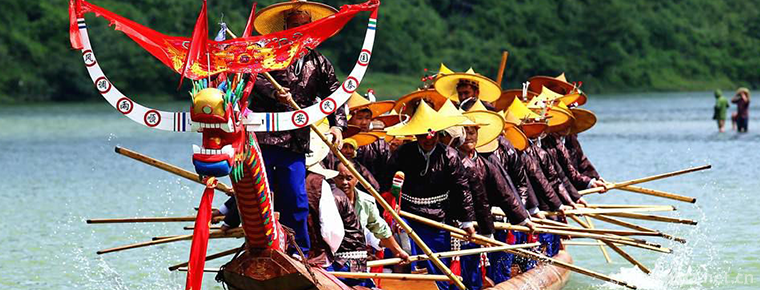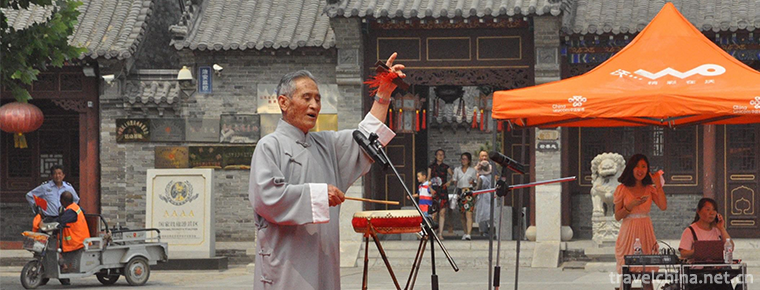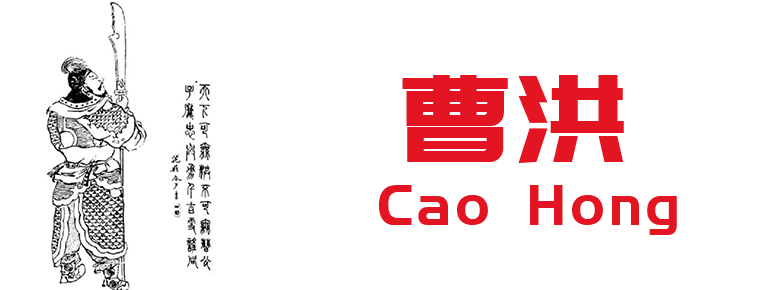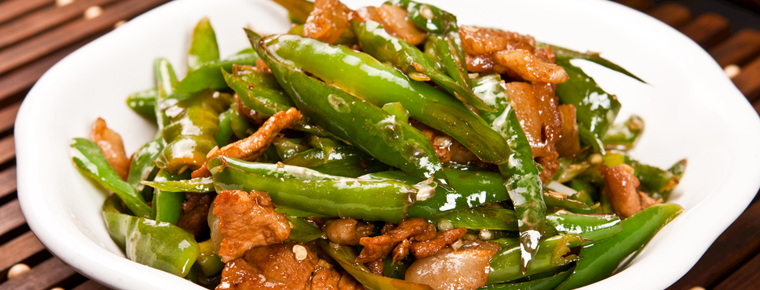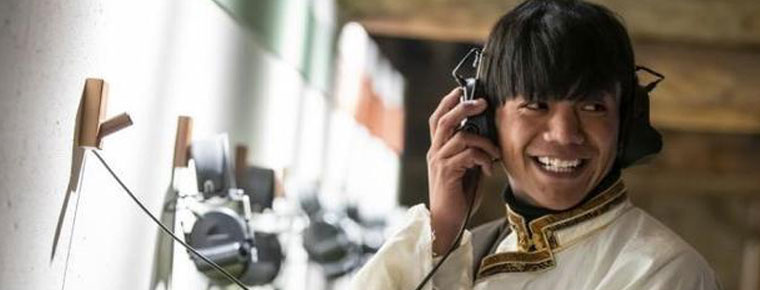Tajik Marriage Customs
Tajik Marriage Customs
On the Pamir Plateau, which is more than 4000 meters above sea level, there is a Tajik people living in China. This is a people who can sing, dance and hospitality. Their life is full of mystery, and their wedding is unique. On the day of marriage, the groom lived at the bride's house. The next morning the two brides rode together. The groom was in front and the bride was in the back. They returned to the man's house. Whose door the road passes by, the hostess will bring a bowl of butter and milk to the groom to drink, and spread flour on him to express congratulations. When she arrives at her mother-in-law's house, her mother-in-law puts a new towel on the door, and the couple steps on the towel to enter the door, indicating that they will start a new life henceforth.
On June 7, 2008, Tajik marriage customs were approved by the State Council to be included in the second batch of national intangible cultural heritage list.
Love
When the feelings developed to a certain extent, the young man quietly gave the girl a pair of earrings, the girl carefully embroidered a "embroidery bag" to the lover. Sometimes when a young man goes to a distant place to graze, the girl sews a small bag with two pieces of floret cloth and carries it with a burning matchstick, expressing her yearning, which means that she is worried. When the boy received it, he immediately returned a yellow cloth bag with a red seam, containing some small yellow stones with almonds and hair. Meaning: I miss you, too. My heart is heavy. Seeing hair is like seeing me. My heart belongs to you.
Be engaged
At the time of engagement, the young man did not go to the girl's house, but went to the girl's house with gifts from his father, brother, good friend and a female relative. The gifts he brought must have a bright and beautiful red scarf four meters long. At the end of the engagement ceremony, he put it on the girl's head to show that the girl had a spouse. Two days before the marriage, the two sides began to treat all relatives and all the men, women and children in the village warmly, and accept their congratulations. Every guest should take a little flour and sprinkle it on the wall of her host's house to show her good luck. Tajik brides are sweating heavily. On the eve of their marriage, Tajik girls are confined to a tight little room and covered with thick quilts until they are sweating heavily. They think that after doing so, the bride will look more beautiful and moving. Therefore, in spite of being quite miserable, the girls who are going to be brides are still very willing to accept the test and to suffer the hardship in order to be beautiful and attractive.
Marry
When the wedding ceremony is held, the bride and groom should be sprinkled with flour. The bride and groom should also sprinkle some flour on each other. Then they should eat some meat, sacks, salt and water together. They believe that after this ceremony, the bride and groom will love each other, live in harmony and grow old together.
The Tajik bride has a unique dress. She wears a colorful national dress, high boots and her elaborate embroidered cap. He wore a scarf four or five meters long on his head and a veil over his face. The groom's head is wrapped with a yarn made of red and white silk cloth. Red represents butter and white represents milk, which indicates the happiness of life in the future.
The Tajik wedding will be held for three days, lively and solemn. On the first day, the bride and groom are to dress up and prepare in their own home. Both men and women are busy and happy. The bride and groom have to choose their company. In addition, the dress is also quite exquisite. In addition to wearing national characteristics, it is important to wrap red and white cloth around the groom's head, which is an important symbol of the groom. The bride should wear a ring with red and white handkerchiefs, which symbolizes auspiciousness and happiness.
The next day, the wedding reached its climax. The groom rode on a big horse and was escorted by relatives and friends. Play a national musical instrument and come to the woman's home to greet her relatives magnificently. When welcoming relatives, the man should prepare a gift - a fat sheep, to the woman's home. When the welcoming troop comes to the woman's door, her parents and relatives and friends will greet the welcoming troop at the door. At this time, the bride's girlfriend on behalf of the bride to the groom on the plateau of the most pure, nutritious bowls of milk put cream, the groom drank in public, to accept the woman's affection and sweet love.
After the groom dismounts, the bride's grandmother will sprinkle some flour on her grandson-in-law's shoulder to express her blessing. May the two young people respect and love each other and grow old together. After entering the house, the groom will present gifts to the veiled bride and exchange rings with the bride with red and white stripes. Afterwards, the bride's parents will bring out plentiful food to entertain the bridegroom and his relatives. After people finished eating and drinking, they began to hold horse racing, holding sheep and other recreational activities unique to the plateau. Young men and women who are good at singing and dancing play Eagle flutes and drums, and the atmosphere of joy reaches its climax.
Although the bride and groom have received their marriage certificate, they also hold a religious ceremony in the evening - "Nika". Amu wanted to marry the young couple and pray for them. He also drank a bowl of saltwater to symbolize that their love is eternal. The bride's parents should also bless the young couple who are going to establish a family and live independently, and give gifts to their son-in-law.
On the third morning, the bride and groom will ride a horse to the man's house. On the way, accompanied by young men and women play various instruments, singing and dancing. When the horse arrived at the door, the mother-in-law who had been waiting there would personally bring two bowls of buttered milk to her daughter-in-law, and the daughter-in-law who was riding on the horse could not dismount until she had finished drinking. From the place of dismounting to the bridal chamber, the red blanket has already been laid. The bride walks into the bridal chamber on the red blanket, indicating the beginning of a happy and sweet new life. On this day, many guests came, men and women singing, dancing and entertaining, until the sun set, people reluctantly left.
On the third day after the wedding, the mother's family will come to present gifts and meals, saying that they still remember their daughter. The man should also give a gift to each of his mother's family to express his gratitude. After these rituals are over, the bride can unveil her face and begin her normal family life.

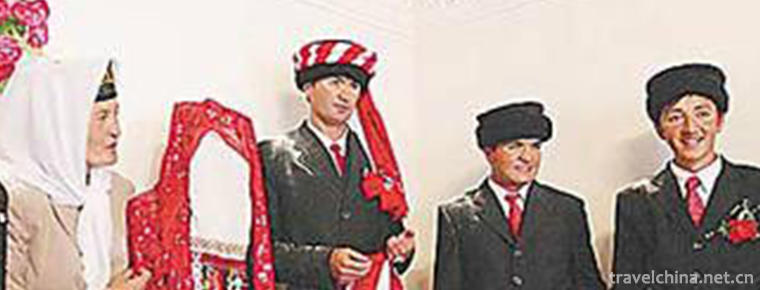
-
Dazhao Temple Scenic Area in Lhasa
Dazhao Temple, also known as "Zula Kang" and "Jue Kang" (Tibetan meaning for Buddhist temple), is located in the center of the old city of Lhasa. It is a Tibetan Buddhist temple bu.
Views: 123 Time 2018-12-12 -
Fengxiang Wood Engraving New Year Picture
Woodblock New Year Painting is a traditional folk art form with a long history in China. Fengxiang Woodblock New Year Painting is a major school of Chinese traditional folk New Year Painting..
Views: 212 Time 2019-04-29 -
Story telling in Beijing dialect with drum accompaniment
Jingyun Dagu is one of the Chinese folk songs. Developed from the popular wooden drum in Cangzhou and Hejian of Hebei Province, it was formed in Beijing and Tianjin. After the introduction of Hebei wo.
Views: 187 Time 2019-05-07 -
Mashan folk songs
Mashan Folk Song is a traditional folk song form which is popular in the area of Mashan Town, Jingzhou District, Jingzhou City, Hubei Province. One of China's national intangible cultural heritage lis.
Views: 333 Time 2019-05-15 -
Miao Dragon Boat Festival
Every year from May 25 to May 27 of the lunar calendar, the Miao people living in Shibing and Taijiang counties of Guizhou Province along the Qingshui River hold this grand gathering. The Dragon Boat .
Views: 129 Time 2019-06-05 -
Wooden drum
During the performance of the wooden drum, one person holds the wooden board in his left hand and the drum in his right hand, beating the wooden board and the book drum in turn in standing rap to matc.
Views: 291 Time 2019-06-05 -
Cao Hong
Cao Hong(? - two hundred and thirty two). Pei Guo Qiao (now Anhui) Bozhou People. Emperor Wei and Emperor Wei of the late Han Dynasty and the Three Kingdoms period Cao Cao From brother..
Views: 204 Time 2019-09-15 -
Fried meat with chili
Stir fried meat with chili is a dish made with chili and streaky pork as the main ingredients and soybeans, garlic seeds, soy sauce, oil salt, monosodium glutamate and ginger as auxiliary ingredients..
Views: 212 Time 2020-03-18 -
Ding Zhens voice is on the rise and the tiktok of Ganzi Sichuan has doubled
In November 11th CCTV news and Oriental tiktok were put on a short video of the tremble. Ding Zhen, the "sweet boy" in the video, triggered a phenomenal network event with a transmission volume of more than 5 billion times. At the same time, Ding Zhen also became the propaganda Ambassador of his hometown Litang County, driving the search volume of "Litang" to soar by 620%..
Views: 86 Time 2020-12-07 -
Natural resources of Panzhihua
Panzhihua is rich in hydropower resources, with theoretical reserves of more than 6.879 million kilowatts and exploitable capacity of 5.994 million kilowatts. The distribution of hydropower resources in Panzhihua area is concentrated, mainly distributed in the Jinsha River and Yalong River, as well as the tributaries of Anning River, Yongxing River and Tengqiao river..
Views: 293 Time 2020-12-14 -
Mianyang scenic spots
Mianyang City is a famous historical and cultural city in Sichuan Province, the main node of the dajiuzhai international tourism circle and the Three Kingdoms Shu Road culture international tourism line. It has a 5A level scenic area of "Beichuan Qiang city tourism area".
Views: 69 Time 2020-12-14 -
Resources and environment of Leshan
By the end of 2018, the total energy consumption of Leshan City was 15.3994 million tons of standard coal, an increase of 580900 tons of standard coal over the previous year. The energy consumption of 10000 yuan GDP decreased by 4.38%..
Views: 144 Time 2020-12-17

